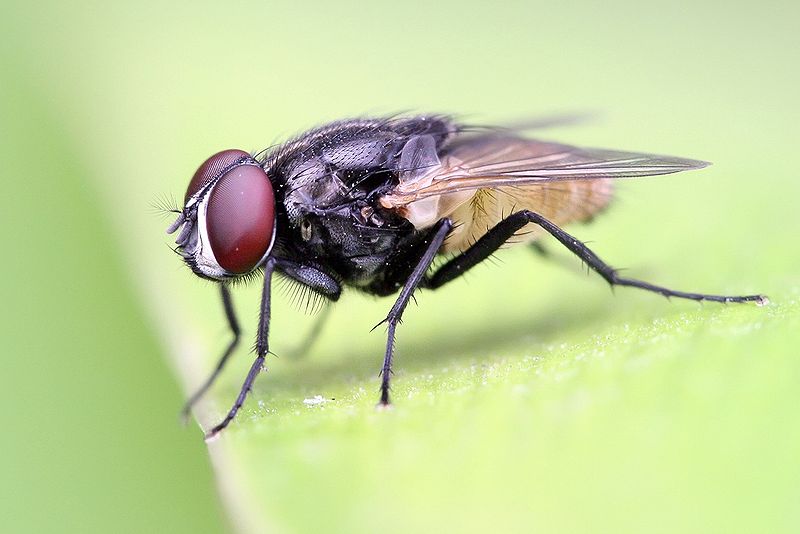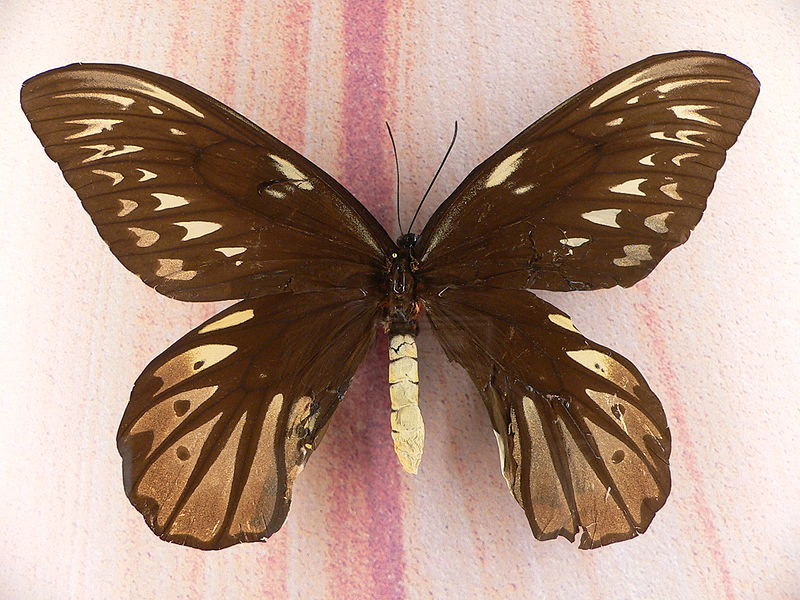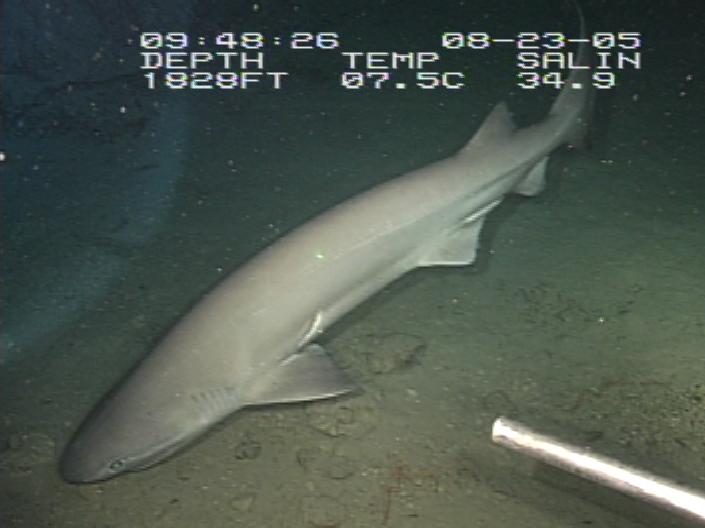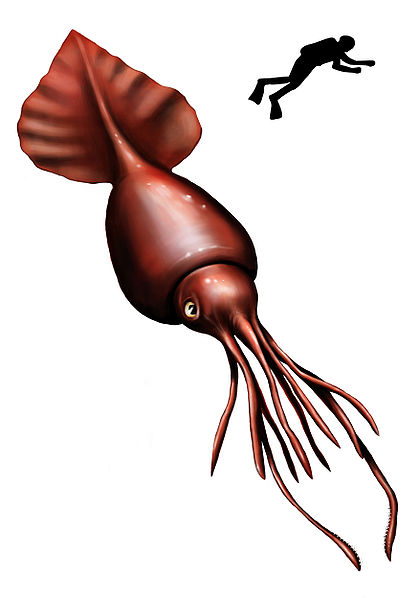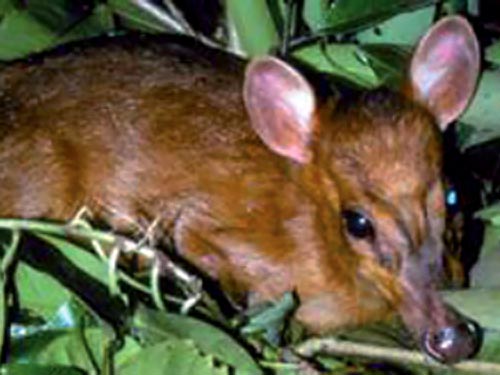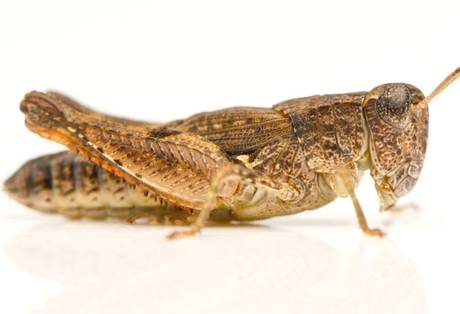
Did You Know?
- The appearance of the locust is one of the 7 signs of the apocalypse (I thought this was appropriate for the day that the world was suppose to end – if you are reading this…we mis-interpreted the meaning behind the end of the Mayan calendar.
- The Australian Plague Locust are typically found throughout many areas of Australia and have even been found in Tasmania, but these populations fail to become established
- In 2010 and 2011 Australia dealt with the worst locust infestation in 75 years at the hands (or perhaps mouths) of the Australian Plague Locust
What is an Australian Plague Locust?
This major agricultural pest which looks similar to the Grasshopper, however, this locust tends to be a little larger with an average length of 45 mm (1.7 inches) and typically has a brownish-green colour. For the most part, the Australian Plague Locust are solitary creatures just trying to get by in a dry environment. These insects depend heavily on the infrequent rainfalls as they will usually begin feeding 24 to 48 hours after a downpour. Similarly, they tend to begin matting shortly after a rain storm. If this life sounds tough, it’s because it is. Living day to day on minimal resources typically causes problems for the Australian Plague Locust and humans too.
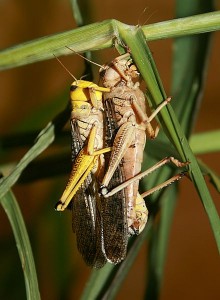
Time to Swarm
You see, as the population of Australian Plague Locusts begins to get too dense a chemical (serotonin) is released in the locust, which triggers the popular swarming behaviour. This is just a mechanism to ensure they have enough food to survive. They aren’t trying to destroy our crops (and everything else in their path) they just want to live to see another day. If you aren’t familiar with the Locust swarms, the latest Australian Plague Locust swarm was roughly 4 miles long – that is a lot of insects! Even more astonishing is the fact that the Australian Plague Locust is actually less aggressive and gregarious than most other locusts. This is a good thing since there wouldn’t be any crops left in the land down under.
Although the apocalypse seemed to pass us by this time around, keep your eyes peeled for the Australian Plague Locust, because you just never know!

